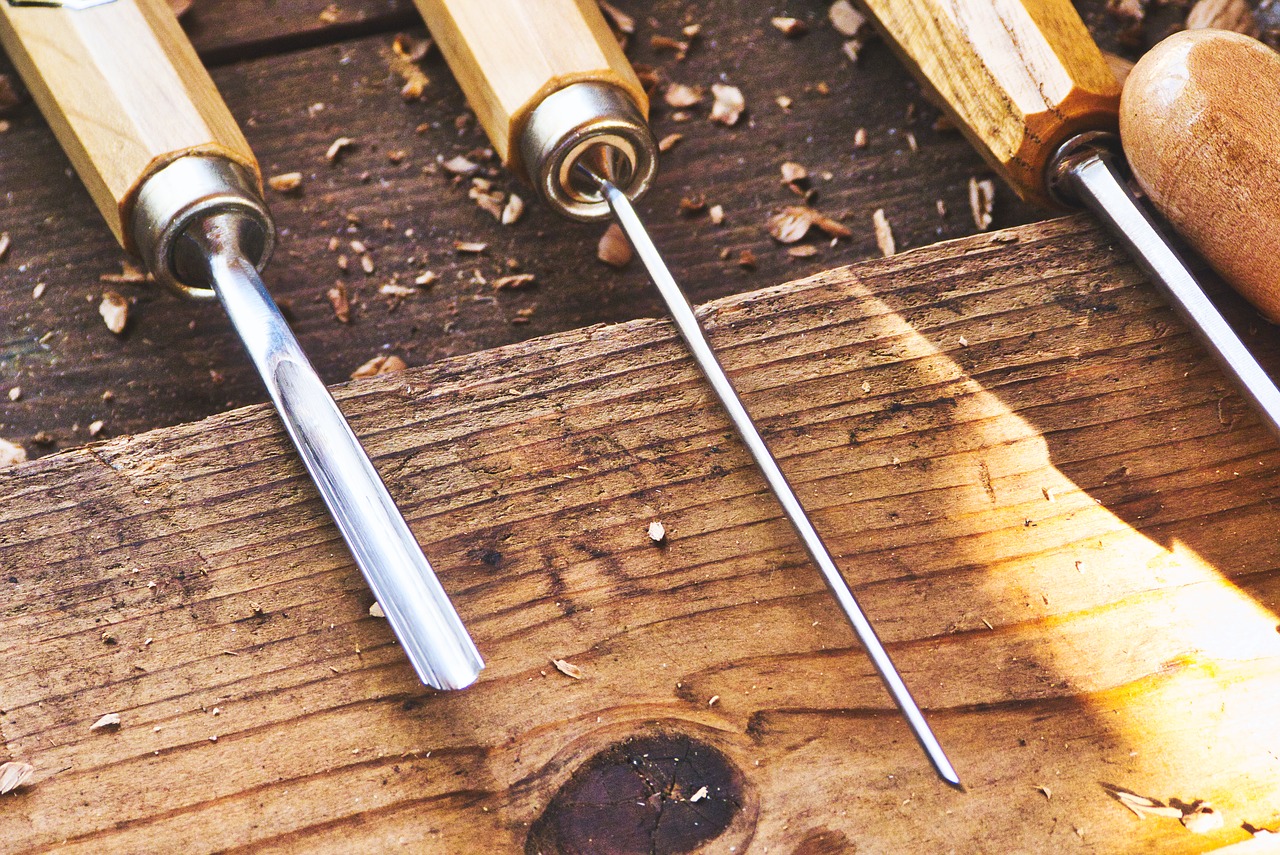
If you’re a complete novice who is just launching into woodworking, you need to have some fundamental joinery techniques. These include chopping out joints and marking basic units and mitres.
It can be easy to saw a piece of wood, but it can also be difficult to screw up if you don’t have prior training. Likewise, rushing into the art can lead to a non-square joint, making a piece of furniture look terrible.
1. Tools
Crafting good woodwork does not necessarily require fancy tools. It doesn’t matter if you have the most expensive chisel; only what you carved out matters. However, you need a few fundamental, cheap tools, including pencils, a hardpoint tenon saw, a square, an improvised bench, and pump cramps.
Use light pencils for marking your woods. Also, use a hardpoint tenon saw in the beginning when you don’t have many joints to make. Because when it is blunt, you cannot sharpen it. All you can do is throw it away.
2. Basic Right Angled Cuts
Be extremely careful when marking a piece of wood. When you mark wrongly, it can lead to making bad cuts. Having a millimetre of bad cuts here and there will eventually end up making the wood look wonky.
To cut precisely, be mindful of your lines and saw blade’s width. Besides, using arrow marks can help reflect the side of the line you need to cut.
mindful of your lines and saw blade’s width. Besides, using arrow marks can help reflect the side of the line you need to cut.
3. Hand Cut Mitres
Mitres with the right chop saw or mitre saw is easy to use but moderately expensive and can occupy a lot of space. While mitre joints with hand tools can screw up very fast, you can still have a top-notch output if you can manage it appropriately. The 45-degree mitre is more straightforward and the most commonly needed because it has a set-up square that marks 45 and 90 degrees quickly.
4. Chopping Out Joints
There is a complete inexplicable collection of joints that you can cut into the wood. Some require that you’re skilful for a perfect set-up. However, you only need some basic skills to ensure that a piece of wood fits around another after cutting. Start by marking out what you would like to chop out from the wood.
Conclusion
These are the basic woodwork skills you need as a beginner. All you need is the ability to catch up with things quickly, and you will have perfect furniture before you know it.

